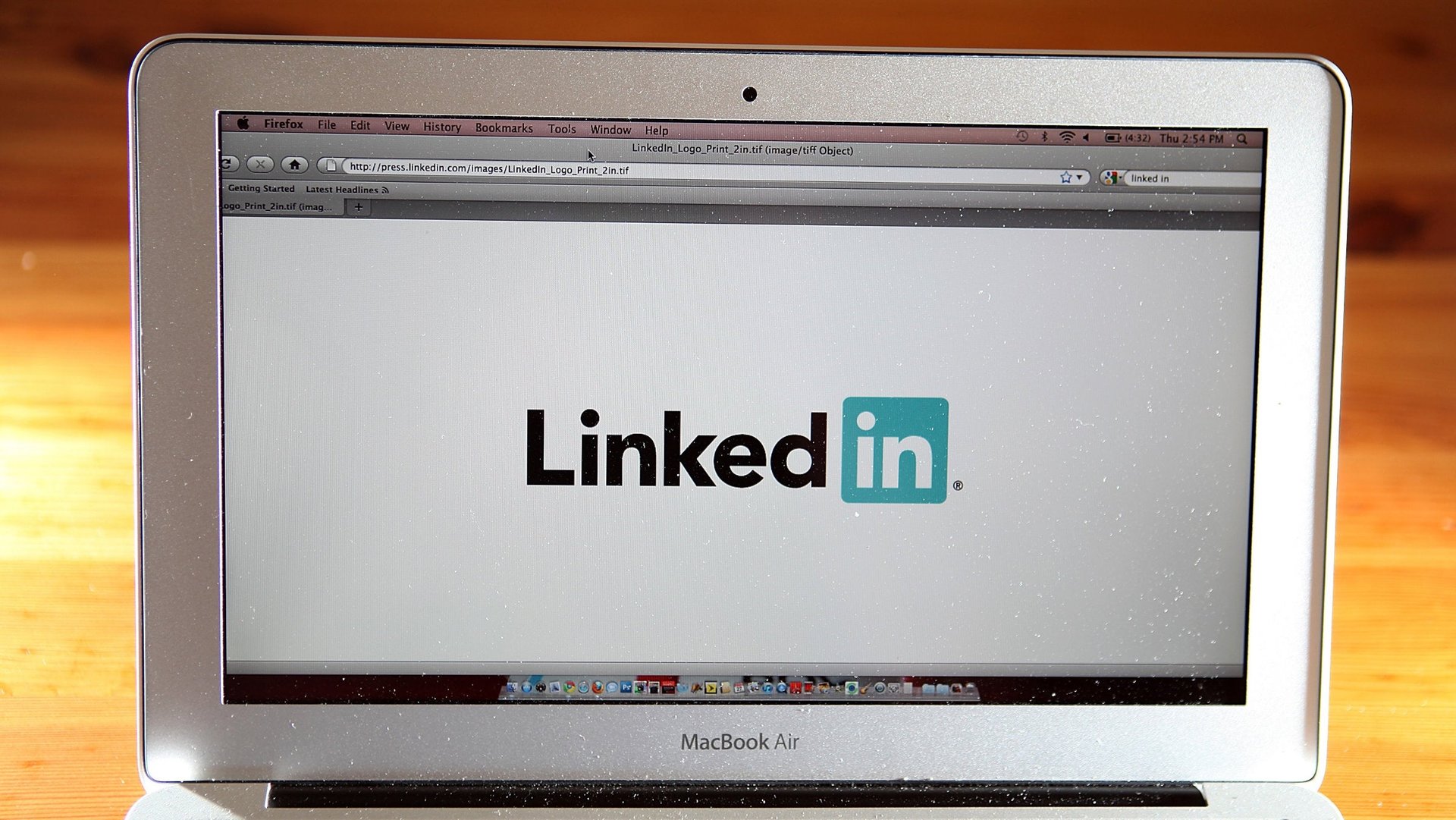How LinkedIn could be a serious threat to Bloomberg
Have you ever used a Bloomberg terminal? If the answer is no, you have to understand one thing. It’s amazing. The terminal is such a remarkable tool with nearly limitless possibilities. But, to quote a Bloomberg sales person, “if you want to drive a Porsche, you have to pay Porsche prices.”


Have you ever used a Bloomberg terminal? If the answer is no, you have to understand one thing. It’s amazing. The terminal is such a remarkable tool with nearly limitless possibilities. But, to quote a Bloomberg sales person, “if you want to drive a Porsche, you have to pay Porsche prices.”
And that’s the hook. Bloomberg is not only market leading in quality, but it’s also market leading in pricing. As in, it’s very, very expensive.
An expensive terminal
If you buy one license for the software (and that keyboard), you pay a tad over $20,000 per year. If you buy two licenses, you pay $40,000 per year. If you buy ten, you pay $200,000 per year. Get it?
Famously, Bloomberg does not negotiate pricing for anyone, if you have less than 1,000 licenses. But every bank, hedge fund, brokerage just plain need it. There are three main reasons for this: The incredible access to data, for trading, and the vast library of contacts.
The latter is especially important for salespeople and brokers but paying $20,000 per salesperson is painful for any sized company. And when this happens in a free market, alternative solutions appear, since the terminals are simply the biggest fixed costs in the banks.
Enter LinkedIn
These kinds of prices could create an opening for a company looking to interrupt this incredibly profitable market. Cue Linkedin.
Linkedin had a reputation of being a company that only stored CV’s and that pretty much only catered to the unemployed. In the previous year, however, this impression seems to have totally shifted. Linkedin has become an actual social network for the professional. It’s all business.
And what’s more important: everyone’s on it. If you are a banker, broker, trader, market maker or whatever else position you can have in finance, chances are you are on Linkedin.
The amount of people on it has now reached a critical mass for it to be a real threat to Bloomberg.
So what can happen? Well, let’s just imagine that Linkedin used its vast library of finance professionals to create a standalone chat-service. It could be free to use and mirror all of the legal benefits of the Bloomberg chat and mail-service.
This service could be integrated into one of Bloomberg’s many competitors and there you have it: a real competitor.
If this were to happen, the reasons for getting a Bloomberg terminal would shrink from three to two.